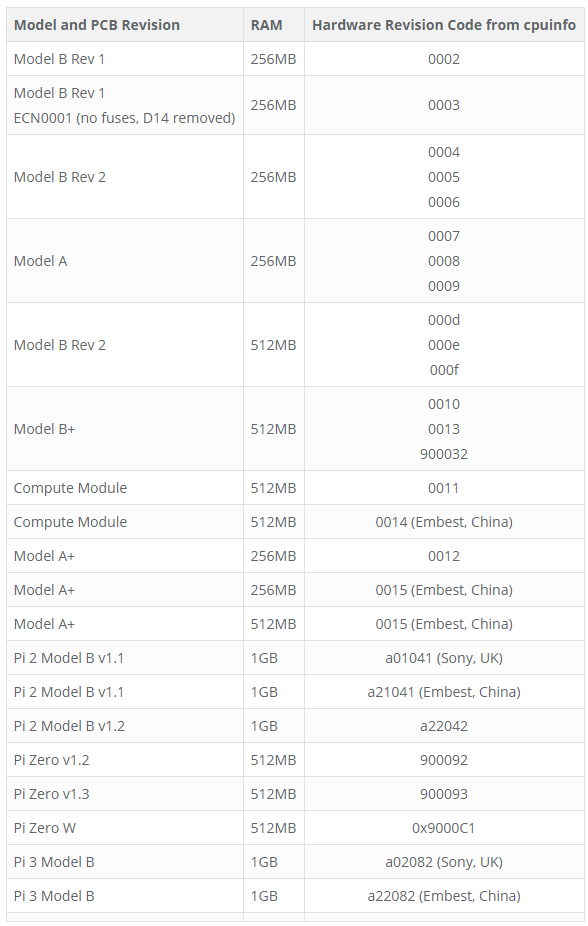


r-r-r- 1 root root 0 Dec 02 00:14 devices r-r-r- 1 root root 0 Dec 02 00:14 cpuinfo r-r-r- 1 root root 0 Dec 02 00:18 consoles Let’s take a look at what’s inside our /proc directory − # ls -halF /proc Most Linux distros store virtual files in the /proc directory We may need root privileges to read some of the files stored in the virtual environment. Unlike a regular document, virtual documents don't take up space on the hard drive and are only created when they're opened. They're kind of lenses through which you can look into the running Linux kernel. By reading them, we can see what’s going on inside the Linux kernel. The Linux kernel supports this feature natively, but other operating systems may not be able to support it.Ī virtual filesystem is a special kind of filesystem available on Linux−powered operating systems. This approach makes it possible to use multiple operating systems on one machine. For example, you can open a text document or image file by specifying its name rather than knowing exactly where it is located. The VFS provides a way to access data without having to know where it actually resides. Virtual FilesĪ virtual file system (VFS) is an abstraction layer that allows us to treat files as if they were stored on a disk drive. We’ll briefly look at the concept of virtual file systems before we dive into the details of the topic.Īfterward, we’ll discuss the flags obtained from the /proc/cpuinfo virtual directory for different CPU manufacturers such Intel, AMD, and Arm. An exception can be if your server truly is churning on 100% CPU load all the time around the clock.We’ll go through some of the features available on the CPU installed on our computer’s motherboard. You can see the available governors compiled in to your current kernel with cat /sys/devices/system/cpu/cpu0/cpufreq/scaling_available_governorsĪnd set one to, for example, performance: echo performance >/sys/devices/system/cpu/cpu0/cpufreq/scaling_governorīut usually this is not needed and scaled down CPU speed is usually a good thing. Userspace allows any root user to change the CPU frequency.Powersave will pick the lowest CPU speed possible but will also boost it up if needed.On demand will keep the CPU speed at needed level (based on statistics) but will throttle it up if needed.Performance keeps the CPU speed up like the name says.Linux kernel has several CPU scaling governors available. Should an application need more computing power, the CPU will ramp up the speed in no time at all. Lowering CPU speed reduces heat and power consumption.
#CAT PROC CPUINFO VIRTUAL ADDRESS FULL#
Unless your server is doing something very CPU intensive all the time, it rarely needs to use the full power. Modern processors and operating systems support CPU frequency scaling. If this has anything to do with that server uses HyperThreading technology. So basically my question is about cpu MHz of each core, only core 2 shows 2527mhz as it (I think) should for all cores. Model name : Intel(R) Xeon(R) CPU X3440 2.53GHzįlags : fpu vme de pse tsc msr pae mce cx8 apic sep mtrr pge mca cmov pat pse36 clflush dts acpi mmx fxsr sse sse2 ss ht tm syscall nx rdtscp lm const ant_tsc nonstop_tsc pni monitor ds_cpl vmx smx est tm2 ssse3 cx16 xtpr sse4_1 ss e4_2 popcnt lahf_lmĪddress sizes : 36 bits physical, 48 bits virtual Im wondering is this normal? ~]# cat /proc/cpuinfo


 0 kommentar(er)
0 kommentar(er)
